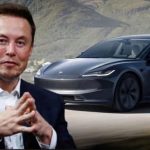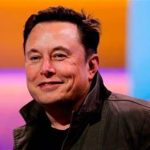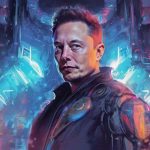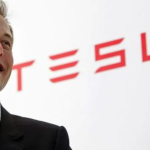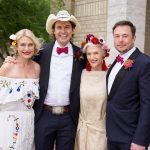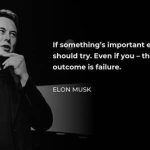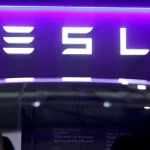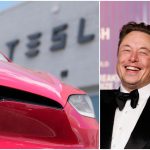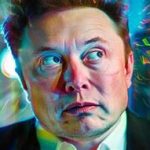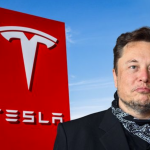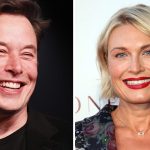How Elon Musk Builds the Perfect Team – The Secret Sauce Behind His Success
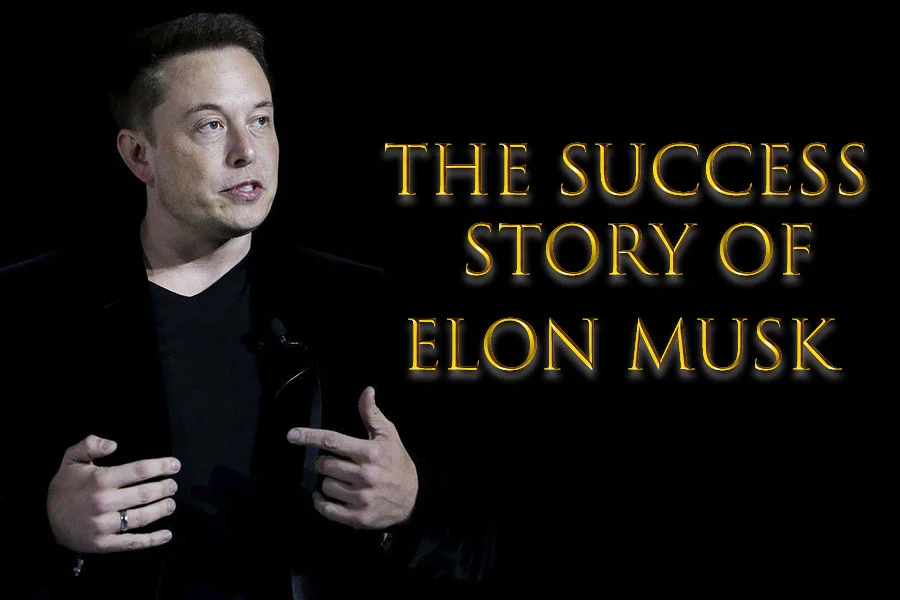
How Elon Musk Builds the Perfect Team – The Secret Sauce Behind His Success 💼✨
Elon Musk is a name synonymous with audacity and achievement. By March 19, 2025, his empire spans a staggering $421 billion, fueled by groundbreaking ventures like Tesla, SpaceX, Neuralink, and The Boring Company. Rockets that land upright, electric vehicles dominating highways, and neural interfaces inching toward reality—these aren’t the work of a lone genius. Behind Musk stands a meticulously crafted legion of brilliant, driven individuals who don’t just execute his vision but amplify it into reality. So, what’s the secret sauce behind his ability to assemble teams that don’t merely perform but redefine the boundaries of possibility? Let’s dive into Musk’s playbook for building creative, high-octane crews—and uncover lessons you can adapt to forge your own dream team. 🌍
The Musk Team Formula: Talent Meets Tenacity 🧠
Elon Musk doesn’t build teams; he curates forces of nature. “I only want to work with the best,” he’s famously said, but his definition of “best” transcends conventional metrics. It’s not just about intelligence or credentials—it’s about grit, curiosity, and an unrelenting drive to push limits. His teams aren’t passive employees; they’re co-conspirators in his audacious quests. Here’s how Musk crafts these extraordinary groups, step by step.
1. Hire for Passion, Not Just Pedigree 🔥
What He Does: Musk doesn’t chase shiny resumes or prestigious pedigrees. At SpaceX, he’s brought on self-taught engineers who’ve built rockets in their backyards over Ivy League graduates with no hands-on experience. Tesla’s ranks include car enthusiasts and gearheads who live and breathe electric vehicles, not just corporate clock-punchers. “I look for people who are fundamentally motivated,” Musk has explained. For him, passion is the spark that ignites innovation—skills can be taught, but fire can’t.
Real-World Example: Early SpaceX hires included individuals like Tom Mueller, a propulsion expert who’d tinkered with engines as a hobby before joining. His passion helped design the Merlin engines that power Falcon rockets today. At Tesla, engineers who’d modded cars in their garages brought fresh ideas to the Model S, proving raw enthusiasm often outshines formal training.
How You Can Apply It: Look beyond the CV. Seek out doers—people who’ve tackled real projects, even if they’re unconventional. Ask candidates, “What have you built?” or “What problem have you solved that no one asked you to?” Passionate people don’t wait for permission—they act. That’s the energy you want.
2. Demand First-Principles Thinkers ⚙️
What He Does: Musk is obsessed with first-principles reasoning—a method of breaking problems down to their fundamental truths and building solutions from scratch. At SpaceX, engineers asked why rockets cost $200 million when the raw materials were a fraction of that. Their answer? Reusable designs that slashed costs to $50 million per launch. Tesla’s battery team didn’t tweak existing tech—they reimagined battery chemistry from the ground up, driving down costs and boosting range. “Think from the ground up,” Musk insists, rejecting industry dogma.
Real-World Example: When SpaceX faced skepticism about reusable rockets, Musk’s team ignored the naysayers and focused on physics: if you can land a booster, you can reuse it. The result? Routine booster landings by 2025, a feat once deemed impossible. Tesla’s Gigafactory similarly defied norms, vertically integrating production to control costs and quality.
How You Can Apply It: Hire skeptics who question “that’s how it’s always been done.” Test them with hypothetical challenges: “How would you solve this if no rules existed?” People who reason from first principles don’t just adapt—they innovate. Encourage logic over tradition, and watch breakthroughs emerge.
3. Set Insane Standards – And Mean It 💪
What He Does: Musk’s expectations are relentless. SpaceX’s early days saw 80-hour workweeks as the company teetered on bankruptcy’s edge. Tesla’s “production hell” in 2018 had employees sleeping on factory floors to meet Model 3 targets. “If you’re not all-in, you’re out,” Musk has told his teams. Only the toughest endure—think Gwynne Shotwell, SpaceX’s unflappable COO who’s steadied the ship since 2002, or JB Straubel, Tesla’s battery guru who turned EVs into a global force.
Real-World Example: In 2008, SpaceX faced three failed launches and near collapse. Musk demanded perfection, and the team delivered Falcon 1’s success on the fourth try—securing NASA contracts that saved the company. Tesla’s 2020-2025 growth spurt, hitting 5 million cars produced, came from a workforce pushed to its limits but backed by Musk’s unwavering belief.
How You Can Apply It: Set a bar so high it intimidates—but pair it with support. Push your team to their edges, fairly and transparently, and they’ll surprise you. Commitment under pressure forges resilience and results. Just ensure the goal is worth the grind.
4. Lead by Example – Be the Hardest Worker 🛠️
What He Does: Musk’s work ethic is legendary—and not just for show. He’s clocked 100-hour weeks, slept on factory floors during Tesla’s crises, and coded alongside engineers at SpaceX. “I’m not asking anyone to do what I won’t,” he’s said. His hands-on approach isn’t micromanagement—it’s inspiration. When SpaceX rallied after his all-nighters or Tesla survived 2008 because he poured in his own fortune, his teams saw a leader who lived the mission.
Real-World Example: During Tesla’s 2018 production crunch, Musk was on the line, troubleshooting with workers. At SpaceX, he’s been known to dive into technical reviews at 3 a.m. His presence galvanizes teams—when the boss is in the trenches, excuses evaporate.
How You Can Apply It: Don’t delegate and vanish—roll up your sleeves. Lead from the front, whether it’s tackling a tough problem or pulling an all-nighter. Your hustle sets the tone; if you’re all-in, they’ll follow. Authenticity in effort builds trust and momentum.
5. Foster a “No BS” Culture 🚫
What He Does: Musk despises fluff. Meetings at his companies are short, sharp, and sometimes brutal. “If you’re not adding value, leave,” he’s told employees. At Tesla, he’s emailed staff to bypass bureaucracy and solve issues directly. Hierarchy means little—interns can challenge VPs if their logic holds. Truth and results trump titles every time.
Real-World Example: When Twitter (now X) joined Musk’s portfolio in 2022, he slashed inefficiencies overnight, cutting 50% of the workforce. At SpaceX, direct communication ensured rapid iteration—Falcon 9’s 96 launches in 2023 didn’t happen with red tape. Tesla’s “skip the chain” ethos let engineers fix production bottlenecks fast.
How You Can Apply It: Cut the fat from your processes. Encourage blunt, constructive feedback and quick decisions. Ego and politics kill progress—reward candor and action instead. A lean, honest culture accelerates everything.
6. Align on a Grand Mission 🌌
What He Does: Musk doesn’t offer jobs—he offers crusades. SpaceX isn’t about building rockets; it’s “making humanity multiplanetary.” Tesla isn’t about cars; it’s “accelerating the world’s transition to sustainable energy.” Neuralink isn’t tech—it’s “merging human consciousness with AI.” “Work should feel like a mission,” he’s said, and his teams buy in because they’re part of something epic.
Real-World Example: SpaceX employees endure grueling schedules because they believe they’re colonizing Mars. Tesla’s crew pushed through “hell” to make EVs mainstream, driven by a climate-saving vision. Neuralink’s small team of neuroscientists works tirelessly, motivated by a future where humans transcend biology.
How You Can Apply It: Craft a vision that inspires. Make your team feel they’re shaping history, not just hitting quotas. A shared purpose turns work into a calling—and keeps people pushing when the going gets tough.

The Proof: Teams That Deliver 🌟
Musk’s formula isn’t theoretical—it’s battle-tested. His companies don’t just succeed; they dominate.
- SpaceX: From near bankruptcy in 2008 to 96 launches in 2023, with boosters landing like clockwork. Shotwell’s operational genius and Musk’s mad scientists built a $350 billion juggernaut.
- Tesla: Survived “production hell” to produce 5 million cars by 2025. Straubel’s battery innovations and a relentless workforce turned EVs into a $1 trillion+ industry.
- Neuralink: A lean team got a monkey playing Pong with its mind by 2021; human trials followed swiftly, proving small, focused squads can tackle the impossible.
The Cost – And the Catch ⚠️
Musk’s approach isn’t for the faint-hearted. Burnout is rampant—ex-Tesla employees have called it “soul-crushing,” and SpaceX veterans recall sleepless months. Turnover is high; he’s fired swiftly when needed, as seen with Twitter’s 2022 cuts. “It’s not for everyone,” Musk admits. But those who thrive? They’re the elite, forged in chaos, who turn his visions into reality.
What You Can Learn: Building Your Own Dream Team 📚
Musk’s teams reflect his essence: bold, relentless, brilliant. Here’s how to channel his magic:
- Find Your Mavericks: Hire the obsessed, not the obvious—passion trumps polish.
- Challenge Them Hard: High stakes and pressure create diamonds—embrace the heat.
- Live the Mission: Lead from the front; your commitment fuels theirs.
- Keep It Real: Strip away fluff—focus on truth and results.
By 2025, Musk’s companies are reshaping Earth and eyeing Mars, powered by teams molded in his image. Want a squad that shatters ceilings? Demand the impossible, inspire the insane, and watch them soar. 🚀

